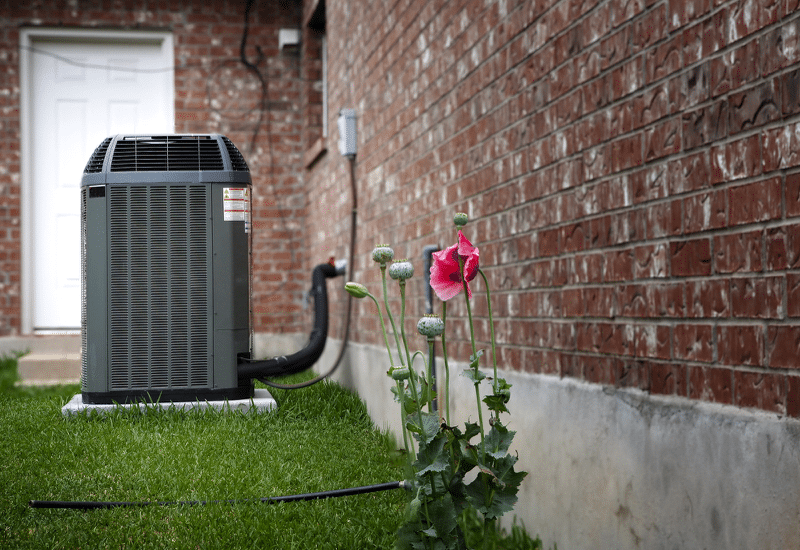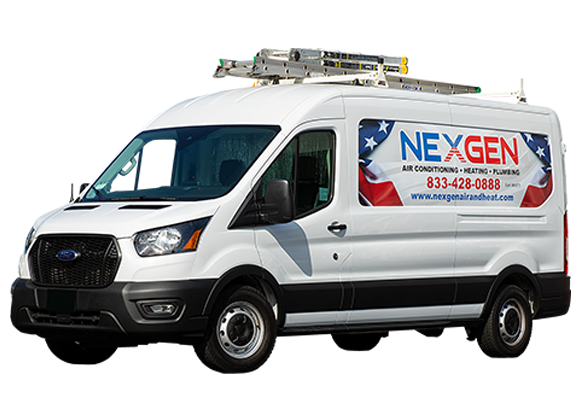HVAC Basic

Whether keeping your home cozy in the winter or cooling your office in the summer, HVAC systems are a part of everyday life.
Your HVAC (heating, ventilation, and air conditioning) system is the system or combination of system used to provide a comfortable temperature in your home and maintain high levels of air quality. As a homeowner, it is important to understand the key roles your HVAC system plays and how they operate to get the most out of your system.
Heating
The heating component of your HVAC system provides a warm climate for your home in the cooler months of the year. Today, the most popular type of heating system is the forced air system, but many homes also use radiant heat systems and geothermal heating systems, among others. In all the systems, heat is created at a central source and distributed through the home via different means.
Forced Air
These systems use a furnace to heat the air and then disperse it through the house via ductwork and in-room vents.
Radiant heating systems
These use heating stoves or a boiler to disperse heat through the house via a network of electric heating coils or hot water tubing installed in the floor or ceiling.
Ventilating
Your HVAC system plays a vital role in maintaining your home’s indoor air quality. Ventilation helps circulate and purify air, control moisture levels, remove unwanted smells, and prevent air stagnation.
Depending on the age of your home and the HVAC system you have, this may be done either mechanically, naturally (via fans and windows), or through a combination of the two.
Forced air systems, discussed above, pass the air in your home through an air filter to keep airborne particulates, volatile organic compounds (VOCs), and allergens out of your home. If you do not have a fixed air system, this can also be done using tools like air cleaners, air purifiers, humidifiers, and dehumidifiers.
Understanding how your system keeps your home ventilated is the first step to addressing any breathing or allergy issues you and your family may be encountering throughout the year.
Air Conditioning
Your HVAC system is also in charge of keeping you cool during the warmer months. There are several several types of AC units, each with their own pros and cons. Whether you have central air (used in conjunction with forced air systems), split or ductless AC units, window AC units, or portable AC units, the process that each system uses to cool your home is similar.
Your AC system circulates refrigerant that changes from gas to liquid as it collects and expels heat from your home. It passes warm vapor refrigerant through the compressor where it becomes hot refrigerant vapor and moves to the condenser. Here, the hot vapor is cooled as air from the condenser fan passes over finned coils and turns into hot liquid. The hot liquid passes through the expansion valve that creates a low pressure, cool liquid mist that runs through the evaporator coil.
As the cooler liquid mist evaporates, it absorbs heat from your house’s inside air and returns it to the compressor (restarting the process). This absorbed heat is pushed outside by the system, resulting in a cooler home.
Now that you understand the roles your HVAC system plays in your life, you will be better prepared to maintain your system, learn more about your system, determine what your system is missing, and purchase a new system if the time comes.
Call NexGen Today
Our expertise and commitment to customer satisfaction make us the leading HVAC company in Southern California. To learn more about our equipment, services, and protection plan,
book an appointment online or call
888-277-0415.





















